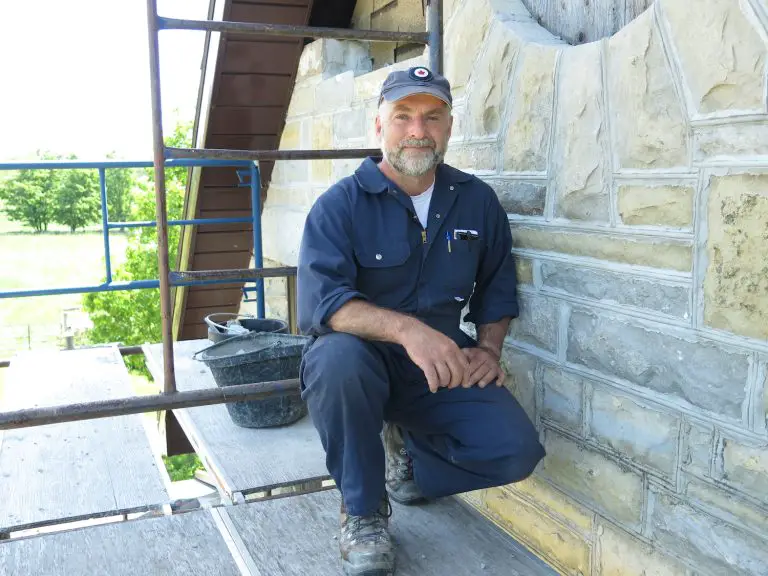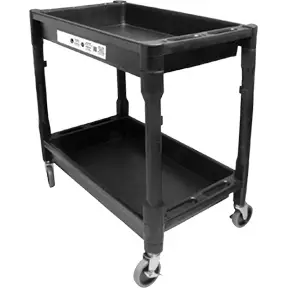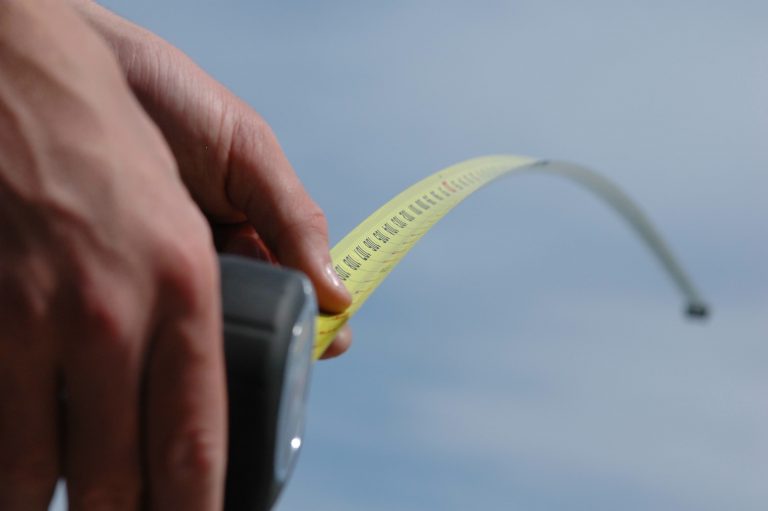Good ideas always rise to the top, even if people do forget about them for a while. Hot water heating with cast iron radiators is a case in point. For a century before the 1950s, hot water heating was rightly seen as the best way to deliver warmth to homes and businesses in an efficient and healthful way. Anyone could feel the superior comfort these radiators delivered, and that’s why people paid a premium for it. In this article I’ll explain why I like having them in my own modern home, and why you might, too.
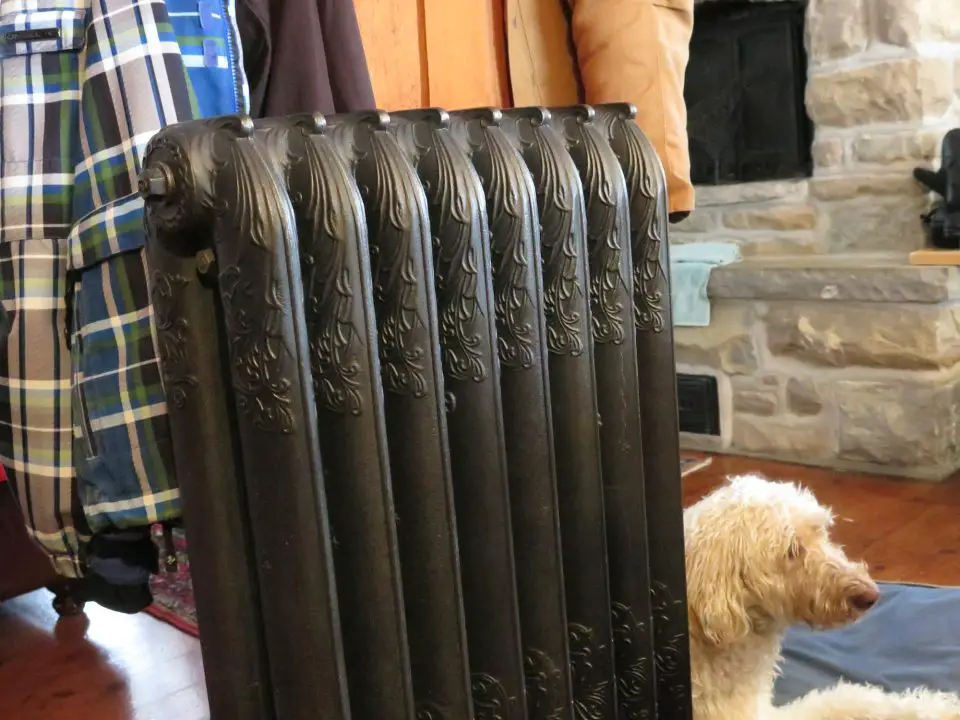
And though the mad scramble to build houses faster and cheaper in the post-war world gave convection systems like forced air furnaces and electric baseboard heaters a temporary upper hand, quality is taking over again from expediency. These days, hot water heating is making a prominent comeback in the form of radiant infloor hydronic heating, though this isn’t the only way to heat with hot water. It may not even be the best way in every situation. Click below to watch a video about the radiators I installed in my own place.
- Video Watch Time = 6 minutes
If you’re like most people in cold climates, you probably don’t realize that beautiful, antique cast iron radiators are an extremely efficient option for heating your new home or renovation, either used alone or as part of a larger heating system. Some of the best reclaimed iron rads can even be made to work with electricity alone or electricity and hot water. I’ve discovered this myself after two years researching the topic for my own building work, and what I’ve found has been a delightful eye opener.
More Than Meets the Eye

Show someone a beautiful, ornate, 100-year-old cast iron radiator, and you’ll probably get two opposing reactions from the same person. “Wow, I love those things. Too bad they’re so inefficient.” While beauty is undeniably true, the fact is, old, cast-iron rads are also a highly efficient way to deliver heat to a building. They’re also quite a bit simpler to install than other hydronic systems. Sometimes the technology we forget turns out to be excellent after all.
You can buy new, reproduction iron rads, but the old originals are still the best in my book. Made successfully in North America to serve a stable, mature industry from 1856 to 1960, there’s no way these things could be improved upon. Internal rust is rarely a problem, and the metal used is thick, substantial and often quite beautiful. Think if them as art that keeps you warm.
Heat transfer numbers show that cast iron rads are second to none for efficiency of heat distribution, and reclaimed iron rads also get the job done with a minimal input of resources. The metal is already mined, smelted, cast and ready to use, though there is often a challenge. While there’s no shortage of old rads to be refurbished, there is a shortage of people who know how to build traditional radiator systems properly from scratch. It’s something of a lost art, though not yet completely gone. My research has uncovered a handful of excellent technical resources, along with a few people who know more about the world of cast iron rads than I would have expected to find. A guy named Pierre Lemieux is one of them. That’s him below, pressure testing one of the radiators he’s refurbishing.

Like a lot of us, Lemieux has always loved cast iron rads. That’s why he refurbished and installed his first set back in 1987, to heat his own mechanic shop and home. As with so many personal passions, Lemieux’s fascination eventually led to a venture that’s unlike any other iron rad reclamation outfit that I’ve found across North America. Lemieux and his small crew work together (www.ecorad.ca; 418-598-3273) to refurbish antique rads in existing installations, and also intercepting rads destined for the scrap furnace from demolition sites in Montreal, Quebec, New York, Detroit and other major cities. These rads don’t look like much when they come into his shop in St-Jean Port-Joli, Quebec, but things change dramatically in two specific ways:
- First, Lemieux’s crew uses a gentle water blast method for removing old paint because it doesn’t degrade the patina and textures of the metal the way that sandblasting does. The results are gorgeous.
- Second, he’s also developed a proprietary method for equipping iron rads to use electricity as an energy source – either on its own or alongside the kind of hot flowing water these rads were originally designed to use.
What Size Rads?
Regardless of where you get your iron rads, heat loss calculations are the only way to accurately determine the size and number of rads you need. Iron rads were produced in different heights during the heyday of the industry 100+ years ago, but regardless of the design, all include various numbers of sections bolted together to form a single unit. Rad sections can be added or subtracted in different ways to deliver rads that deliver wattage outputs sized for the space, while also matching each other in overall width.
If you’re having trouble finding someone to accurately calculate the size and number of iron rads you need, experimentation can help. Gather however many electric heaters required to heat your space comfortably during the coldest weather, then tally up the total wattage required to do the job by trial and error. In Canada a rough rule of thumb for a home built to modern code standards is 1 watt of heating capacity for every cubic foot of room space. Each section of a 20-inch tall rad delivers about 100 watts of heat; you can expect 200 watts of heat from each 38-inch tall section.
Old Meets New
Modern technology makes it much easier to install iron rads, and PEX pipe is a case in point. Unlike the major wrestling match involved in cutting, threading and joining traditional rigid steel pipe, PEX is flexible, a breeze to cut and exceptionally easy to join. This is especially useful in retrofit situations. The fastest, most reliable connection method I’ve used for PEX is called ProPEX. It’s proprietary to Uponor, a major manufacturer of PEX pipe and hydronic heating hardware, and is as simple as it gets. Slip the end of an expander tool into the end of the pipe, swell the opening, then immediately slip it over the barbed ProPEX connector. In 30 seconds or so the pipe shrinks down to its former size, gripping tightly to the fitting as it does. When you’re settling on a design for your system, always remember that bigger pipes are better because water flows through them more easily. All else being equal, a 1” pipe flows twice as much water as 3/4” diameter, and 1 1/4” twice as much again is 1”.
Electric Heat: The New Green Choice
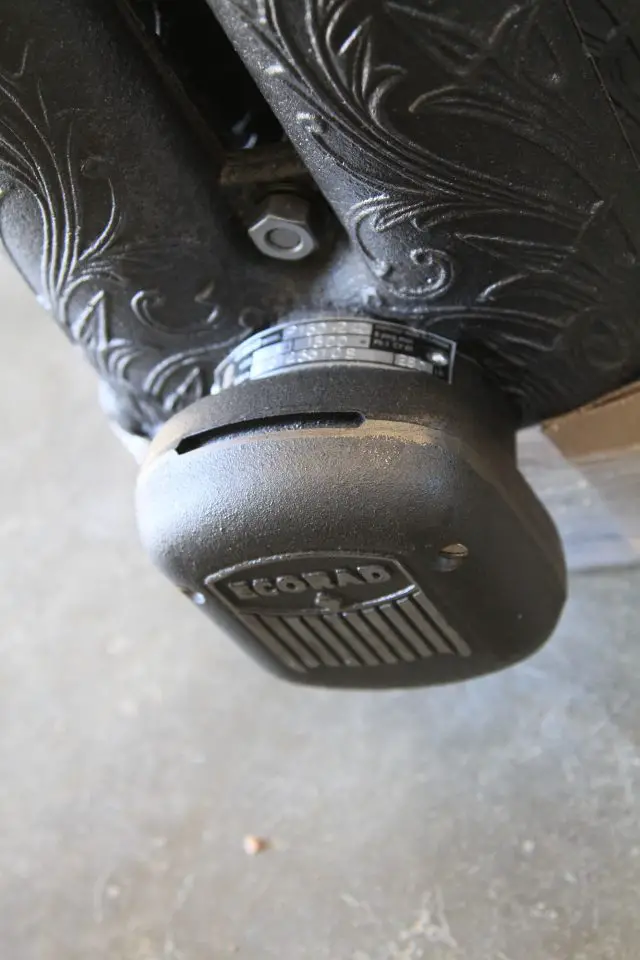
For years, electricity built a well-deserved reputation for being an environmentally-dirty energy source because of the way it was generated. But as coal-fired generating plants and acid rain move aside for electricity created by certified-green wind, solar, hydro and other environmentally sustainable sources, the reality of electricity is changing. It’s now among the most environmentally sound energy sources around, and this is one reason why electrically-heated, antique cast-iron rads make sense in many situations. Lemieux pioneered the use of electric heating elements as part of the iron rad refurbishing process he created, and you’ve got to admire the attention to detail he follows. A cast-iron junction box covers the end of an electric heating element that fits inside the opening that’s part of many antique rad designs. The other end of the rad includes two smaller openings for supply and return connections, as part of a hot water system.
Older Can Be Better
Cast iron radiators were used for so long, and in so many buildings across North America and Europe that there are literally millions of rads in service today. Renovations, demolitions and ignorance-based “upgrades” means that hundreds of thousands of these beautiful rads head for the scrap heap each year, even though most are as reliable and effective as they day they came out of the foundry. The work of intercepting these paint-encrusted relics on their way to the smelting furnace is a job taken on by a handful of radiator restoration companies. Google “cast iron rads” and you’ll find them, though you do need to understand something.
It’s rare to find cast iron hot water radiators that aren’t coated in ugly paint, and removing it offers two advantages. While old, crusty coatings hide beauty, they also hold back heat. Bare or minimally-coated iron rads transfer about 10% more heat to the room, all else being equal. This is why sandblasting is the industry standard for stripping iron rads, though it’s not the best option. While sand blasting does remove paint, it also dulls the floral and decorative details that make ornate rads so beautiful. This is why the best rads are refurbished with a gentler system of stripping that respects original surface designs and textures.
Cast-Iron Know How
You won’t find books on how to design and install hydronic iron radiators in your local home improvement store, but that doesn’t mean that excellent texts aren’t out there. One source is www.heatinghelp.com. I’ve found their titles Classic Hydronics, Hydronic Radiant Heating and Pumping Away to be excellent resources.Most people love the look, feel and comfort of traditional cast iron radiators. Now you can go ahead and enjoy them completely, knowing that they’re also an efficient and green heating option.









